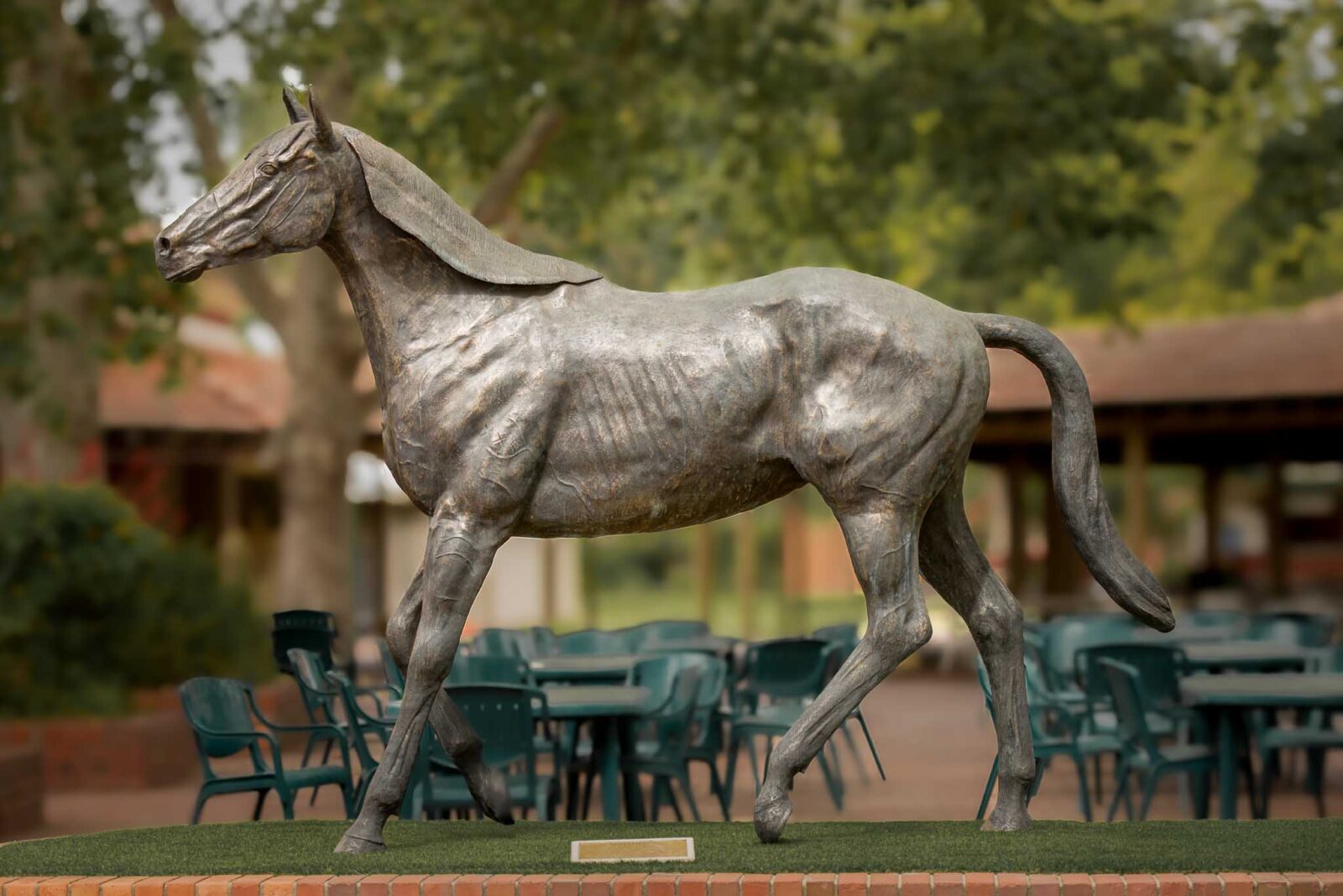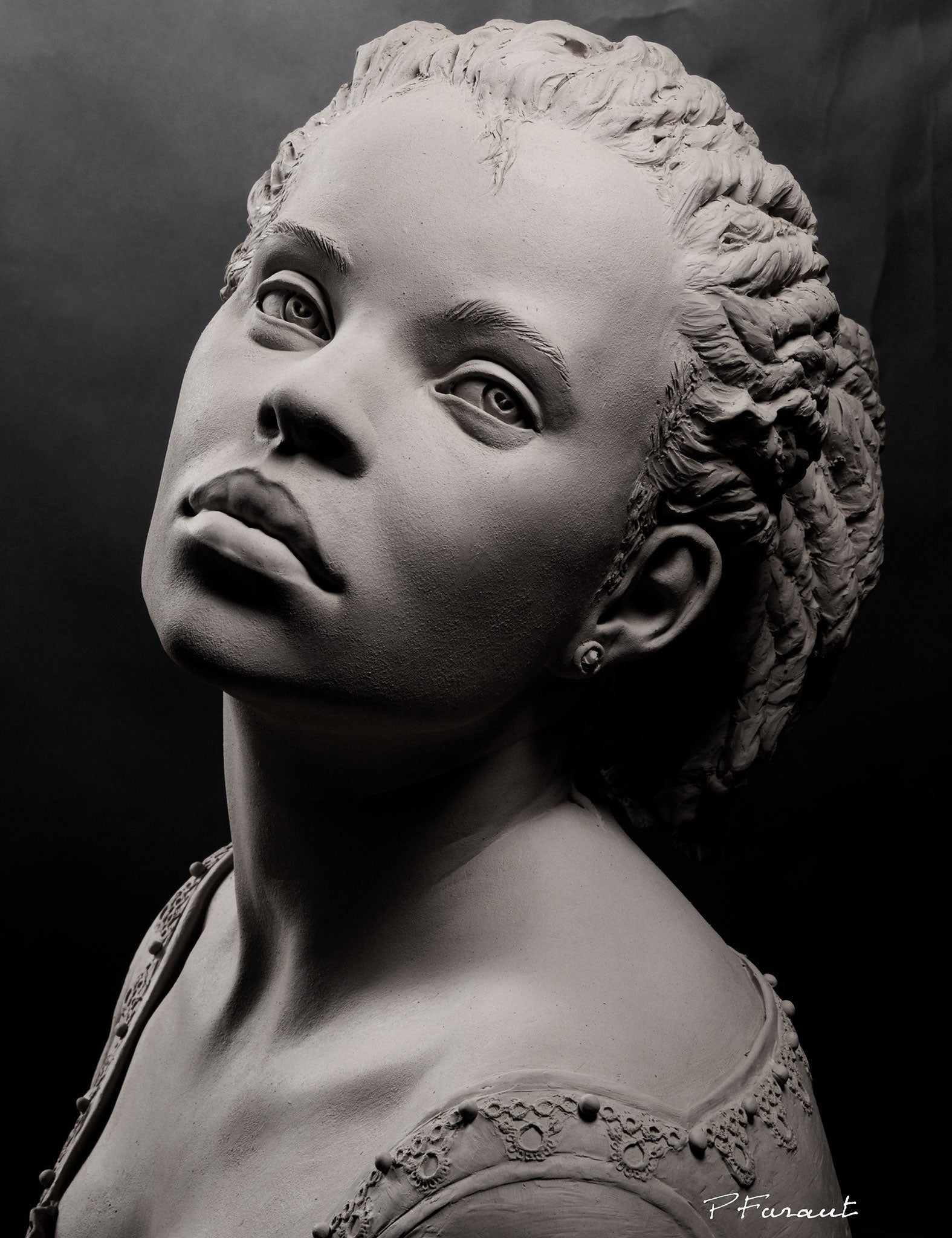Grace moving: Discover the Elegance of Equine Sculptures
Wiki Article
Forming the Human Kind: Portrayals of the Body in Sculpture
Shaping the Human Kind: Portrayals of the Body in Sculpture is a detailed exploration of the creative depiction of the human body throughout history. This exhibit explores the various strategies, designs, and social viewpoints that have actually formed the method musicians have depicted the human type in sculpture. From the splendid marble sculptures of ancient Greece to the complex masterpieces of the Renaissance, from the elaborate and flamboyant Baroque and Rococo sculptures to the avant-garde and abstract expressions of modern and contemporary sculpture, this event supplies an exciting trip with the development of this timeless art form - Equine Sculptures. By examining the diverse analyses and depictions of the human body, site visitors will certainly acquire a much deeper understanding of the imaginative, cultural, and societal impacts that have actually shaped our understanding of the human kind.Old Greek Sculptures

One of the defining attributes of Old Greek sculptures is their focus on symmetry. Each part of the body is thoroughly crafted to be in percentage to the entire, creating a sense of balance and harmony. The carvers paid cautious interest to every information, from the positioning of muscular tissues to the positioning of limbs, ensuring that each number appeared both powerful and graceful.
The Greeks also valued the principle of idealized charm. Rather than depicting the blemishes and imperfections of the human form, they sought to create an idealized version of reality. The sculptures frequently depicted professional athletes, sirens, and gods, with their bodies shaped to perfection. Robert C Hitchcock Sculptor. This idyllic portrayal of the human kind not only renowned physical beauty however additionally acted as a way of motivating and uplifting the customer.
Renaissance Masterpieces
Proceeding the exploration of the portrayal of the human type in sculpture, Renaissance masterpieces additionally improve the idyllic concept of charm, building upon the in proportion and unified percentages of their Old Greek precursors. Throughout the Renaissance duration, which extended from the 14th to the 17th century in Europe, musicians looked for to revitalize the classical ideals of ancient Greece and Rome. They studied and imitated the works of the ancient masters, striving for a reasonable representation of the human body.
His masterpiece, the sculpture of David, exemplifies the excellence and poise that ended up being associated with Renaissance art. Standing at over 17 feet tall, the sculpture portrays the scriptural hero in a state of tranquility before his battle with Goliath.
An additional remarkable Renaissance carver was Donatello. His sculpture of Saint George, produced in the early 15th century, showcases the musician's capability to convey strength and the aristocracy with the human form. The statuary illustrates the famous dragon-slaying saint in a poised and certain position, radiating a sense of heroism.
Renaissance work of arts not only celebrated the physical elegance of the human body but additionally communicated deeper significances and feelings. With their precise focus to detail and experienced workmanship, Renaissance carvers elevated the art of sculpture to brand-new heights, leaving an enduring legacy that remains to inspire musicians to today.
Rococo and baroque Sculpture
Baroque and Rococo sculpture exhibits the elaborate and luxurious portrayal of the human kind during the 17th and 18th centuries. Characterized by its dynamic and remarkable style, Baroque sculpture intended to astound customers with its majesty and emotional intensity. Artists such as Gian Lorenzo Bernini and Alessandro Algardi produced sculptures that shared movement, often illustrating figures in dramatic positions. Making use of light and shadow further improved the feeling of drama, producing a staged result.
Rococo sculpture, on the various other hand, arised as a response to the grandiosity of the Baroque period. They typically depicted figures in sensuous and elegant postures, mirroring the lighthearted and wayward nature of the Rococo design.
Both Rococo and baroque sculpture put an excellent emphasis on the human form, celebrating its elegance and sharing a variety of emotions - Bronze Sculptures. Whether it was the effective and dynamic numbers of the Baroque or the elegant and charming figures of the Rococo, these sculptures recorded the significance of the human experience, leaving a long lasting impact on the art globe
Modern and Contemporary Sculpture
The evolution of forming the human form proceeds in modern and contemporary sculpture. Modern sculpture arised in the late 19th century as a reaction to the transforming social and political landscape.In the 20th have a peek at these guys century, the rise of abstraction and conceptual art brought brand-new opportunities for sculptors. Artists like Henry Moore and Barbara Hepworth checked out the partnership in between form and area, producing natural and abstracted figures that challenged conventional ideas of depiction. Moore's monumental bronze sculptures and Hepworth's carved stone works are commemorated for their cutting-edge use products and their ability to evoke a sense of the human body in a non-literal method.
Contemporary sculpture proceeds to press the borders of depiction and discover brand-new materials and methods. Artists like Antony Gormley and Ron Mueck produce hyper-realistic sculptures that test our perception of the body, while others, such as Louise Bourgeois and Kiki Smith, use the body as an allegory for cumulative and personal experiences. The human kind continues to be an effective subject in sculpture, providing a system for artists to explore identification, emotion, and the human problem.
Social Viewpoints on the Human Body

In the expedition of sculpting the human type, the exam of social viewpoints on the body exposes a rich and diverse tapestry of representations and interpretations. Throughout history, different cultures have held special ideas and worths concerning the human body, causing unique imaginative expressions - Figurative Sculptures. These social viewpoints form the method the human body is depicted and perceived in sculpture, showing social norms, religions, and visual suitables
For circumstances, ancient Greek sculptures commemorated the idealized human form, stressing physical elegance and athleticism. In contrast, old Egyptian sculptures focused on the conservation of the body in the afterlife, portraying figures with rigid poses and idyllic attributes.
Similarly, cultural viewpoints on the body in African art often emphasize communal identity and spiritual ideas (Equine Sculptures). Sculptures from different African cultures depict the human body with overstated functions, signifying cultural worths and genealogical connections. Native cultures in the Americas also have distinct point of views on the body, typically showing it in a spiritual context and emphasizing the connection in between human beings and nature
The assessment of social perspectives on the body in sculpture allows us to acquire insight into the values, ideas, and looks of various cultures throughout history. It highlights the diversity of human experiences and the methods which art mirrors and shapes our understanding of the human type.

Verdict
In verdict, the portrayal of the human body in sculpture has developed with time, reflecting various artistic activities and cultural viewpoints. From the idyllic numbers of Old Greek sculptures to the stirring and practical Renaissance masterpieces, and the elaborate information of Baroque and Rococo sculptures, to the abstract and experimental kinds of modern-day and contemporary sculpture. The body has actually been a topic of attraction and creative exploration throughout history, showcasing the varied analyses and expressions of the human form.Sculpting the Human Form: Portrayals of the Body in Sculpture is a detailed expedition of the creative depiction of the human body throughout history. From the exquisite marble sculptures of ancient Greece to the intricate masterpieces of the Renaissance, from the flamboyant and ornate Baroque and Rococo sculptures to the progressive and abstract expressions of modern and modern sculpture, this event provides an exciting trip via the evolution of this ageless art kind. Musicians like Antony Gormley and Ron Mueck create hyper-realistic sculptures that challenge our assumption of the human body, while others, such as Louise Bourgeois and Kiki Smith, use the body as a metaphor for individual and cumulative experiences. The human type continues to be a powerful subject in sculpture, supplying a system for musicians to explore identity, feeling, and the human problem.
From the idyllic figures of Ancient Greek sculptures to the sensible and stirring Renaissance masterpieces, and the elaborate information of Baroque and Rococo sculptures, to the abstract and speculative kinds of modern and contemporary sculpture.
Report this wiki page